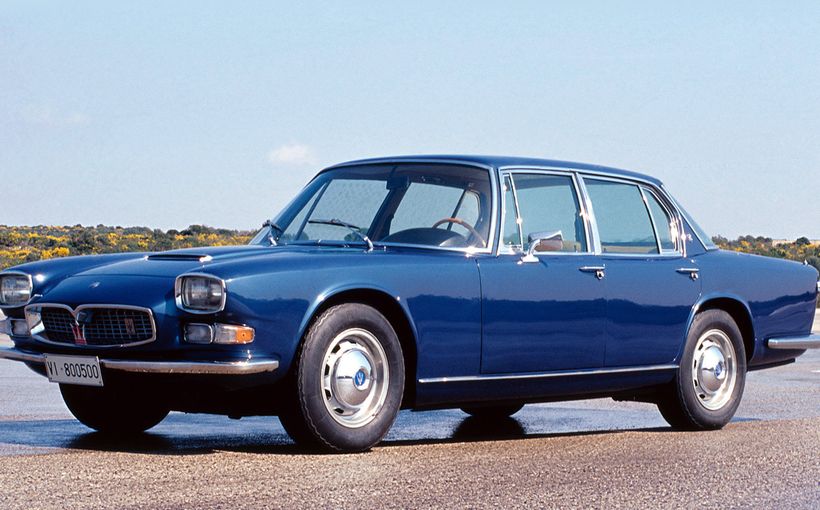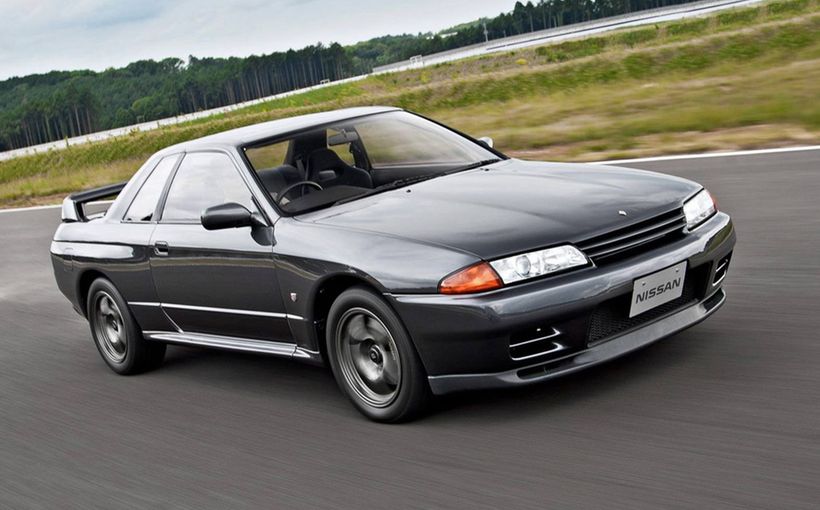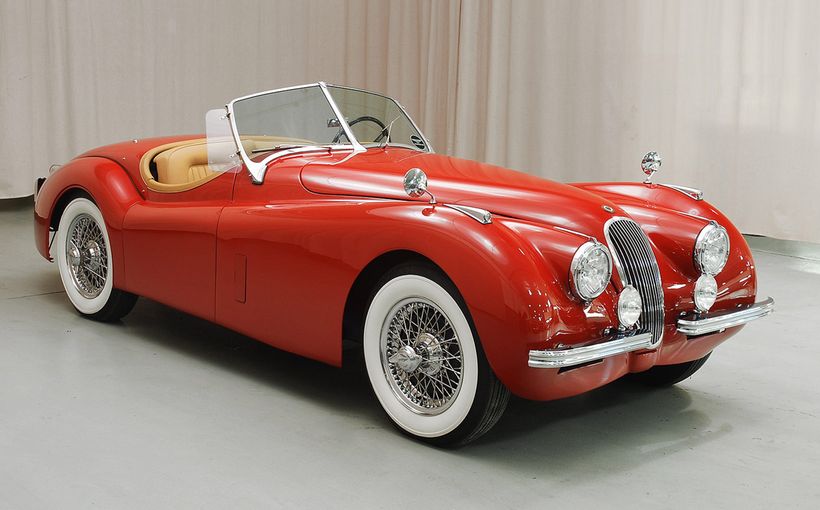NSU Prinz: Germany’s gutsy miniature masterpiece

It is a delightful quirk of history that Entry Number One for the inaugural 1960 Armstrong 500-mile race for production cars was a diminutive rear-engined German model, rejoicing under the name of NSU Prinz. Perhaps even more surprising was that its team of four drivers included two men who had each won the Australian Grand Prix three times – Doug Whiteford and Lex Davison.
To qualify for entry, all cars had to be either manufactured or assembled in Australia and the NSU Prinz – three examples were entered, and they faced no rivals in the sub-750cc class – was one of numerous unusual machines assembled here in that period. Ian Fraser, in a story called ‘Cheap Cars: are they any good?’ for the May 1962 edition of Wheels summed the Prinz up thus:
NSU’s PRINZ is one of those interesting cars that has not found enormous favour locally but which nevertheless has a strong band of keen followers.
It is, of course, a car of German origin, but is now assembled locally from a mixture of imported parts and locally-found items.
The Prinz features the results of the rear-engined school of thought. A long established engine position favoured by the Germans, it has appeared in practically everything from Auto Union racing cars and pre-war Mercedes road cars right down the scale to the modest mini-cars.
The Volkswagen is Germany’s most popular rear-engined car (and the rest of the world’s, too, for that matter).

There is a great deal to be said for a rear engine since it permits the noise and engine fumes and heat to be carried away in the slipstream. It also means that the manufacturers don’t have to worry about complicated constant velocity universal joints, difficult steering geometries and so on.
Although the NSU is not the most exciting car in Australia to look at, it has a certain practical appearance that is inclined to impress the people who like their motoring to be as functional as possible.
It will seat four people with a quite high degree of comfort. Interior appointments include an efficient heater which channels air from the air-cooled twin-cylinder engine.

Before you get too up in arms about the number of pots, it’s worth taking a look at what only two can do. They are substantially oversquare with a bore and stroke of 75mm by 68mm which gives a cubic capacity of 583cc. With the aid of a compression ratio of 7.6 to 1, the engine turns out 29.5bhp (net) at 5700rpm or 36 gross. There is 31 ft/lb of torque available at 30000rpm. All this means that because the car weighs a mere 10cwt dry, it has lively performance, particularly when running with the driver only.
The gearbox has synchromesh on all four cogs and it is in unit with the engine itself in the tail of the car.

Other interesting statistics worth noting are the 28ft turning circle, eight inches ground clearance and the overall length of just a fraction under 11ft 6in.
Top speed is in the region of 70mph and fuel consumption is notably light, due in no small way to the efficiency of the single overhead camshaft.

What Ian Fraser fails to emphasise here is just what a rare collection of attributes his list comprised. Imagine this: a small car launched in 1959 with an overhead camshaft engine and four-speed all-synchromesh gearbox. And those eight inches of ground clearance meant the Prinz would have negotiated Australia better than many lower-slung alternatives. He also omits to mention that by the time of his writing a new model had already been introduced in Europe, the Prinz 4 with styling modelled on the Chevrolet Corvair. Sadly, this model was not offered in Australia.

The German fashion for rear engines, especially in small cars, was not entirely due to the example of Dr Ferdinand Porsche’s Volkswagen. It also reflected the role of entry level cars as the step up from motorcycles. Mass motorisation was slow to arrive in Germany. As late as 1962 only 27.3 per cent of German households owned a car. In the immediate postwar years – following what was often called ‘the stolen 11 years’ (of the 1000-Year German Reich!), the country was naturally slower to emerge from wartime austerity than Australia or even Britain, let alone America.
Numerous young people purchased a motorcycle or motor scooter long before they could raise the funds for even the cheapest car. Interestingly, a number of the cheapest vehicles with more than two wheels had just three. The Heinkel and BMW Isetta bubble cars and the Messerschmitt were all three-wheelers.
The tiniest cars often used motorcycle engines which mirrored the public’s gradual transition from two wheels to four (sometimes, as I say, via three).

A quick survey of little German cars of the mid-to-late-1950s included the following brands: NSU, Messerschmitt, BMW Isetta, Heinkel, Lloyd, Maico, Guthrod and Zundapp Janus; only the Lloyd and Guthrod were front-engined. Perhaps more than any other country in the world, the Germans (in the 1950s and 1960s) liked their least expensive cars to have the engine in the rear.

When BMW produced its own small car with four wheels, it, too, had a rear engine. The BMW 700 was not dissimilar to its NSU rival. The Maico 500 of 1958 is another of what can almost be called the typical late 1950s German small car.
The rear-engine orthodoxy was really only challenged by the American-owned German companies, Opel (Kadett) and Ford (Taunus).
The NSU Prinz was manufactured from 1958 to 1973. It was announced at the Frankfurt Motor Show in September 1957. ‘Drive a Prince and you’re a king’, was the advertising theme: they were simpler times! But, it is true that any young man graduating from a scooter to a Prinz would have felt somewhat regal!
Like another contemporaneous small rear-engined car, the Fiat Nuova 500, the first Prinz had a crash gearbox.
NSU had established a strong reputation as a motorcycle manufacturer and the 583cc engine was notably flexible in the fashion of the company’s bike engines.
The original shape Prinz was manufactured in Neckarsulm, West Germany, and assembled in Heidelberg (Melbourne) and in Chile. NSU (an abbreviation of Neckarsulm) was founded in 1873 when it manufactured pedal cycles. In 1969 it was acquired by the Volkswagen Group who merged it with Auto Union to create Audi.

NSU did contribute one of the automotive world’s most glorious failures in the elegant guise of the revolutionary Wankel-engined RO80. Hailed by many motoring journalists as a masterpiece, this Mercedes-challenging NSU came to market before the rotary engine had been thoroughly proven. Engines were routinely replaced – sometimes several times in the one car – and the RO80 drove its maker beyond the brink and into the waiting hands of Volkswagen. The subject of this story thus obtains a small amount of reflected glory – or infamy – from the car that NSU is best remembered for.

In some ways the original Prinz was almost like a rear-wheel-drive Morris Mini-Minor, one year in advance. It, too, offered surprising interior space with comfort for four. Certainly it was 18 inches longer than a Mini but space-efficiency was nevertheless impressive. Like the Issigonis car, the earliest Prinzes had sliding side glass. Both weighed about 10 hundredweight (1120lb/508kg).
The so-called ‘luxury’ Prinz II arrived in 1959 with better trim and that fully synchronised gearbox and the 30E export version of this car was the one built in Heidelberg. The lovely little Sport Prinz was designed by Franco Scaglioni of Turin. The Sport was produced in Germany and Turin and a total of 20,831 hit the roads in 10 years.

Interestingly, the Sport is listed in the Wheels new car price list (May 1962 edition). The pricetag is revelatory. While the standard car so succinctly described by Ian Fraser was £599, the Sport was £1075 – placing it in a similar relationship to the sedan as the Karmann-Ghia (£1525) was to the Volkswagen (£925 Standard, £953 De Luxe). I never remember seeing one in the metal.
Doug Whiteford and Lex Davison doubtless had their eye on the sub-750cc category at Phillip Island and the only other eligible cars in 1960 were the Fiat 500 and 600. The pricetag too was low. In 1962 the only other cars that broke the £600 mark were the Fiat 500 sedan and wagon at £639 and £694 respectively. So the little Prinz was Australia’s cheapest car. The Morris 850 (as it was known here) cost £740, the Sports 850 was £787 and the Fiat 600D was £762.
In conclusion, the NSU Prinz was quite a charming little device with an impressive performance. The fact that the fastest of the three competing in that 1960 500-mile race finished just 12 laps down on the Frank Coad/John Roxburgh Vauxhall Cresta provides testimony of its speed. But despite its low price and briskness, comparatively few found Australian buyers and they are highly cherished in the twenty-first century.










